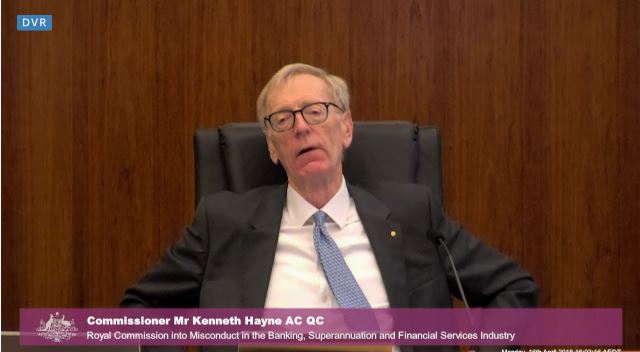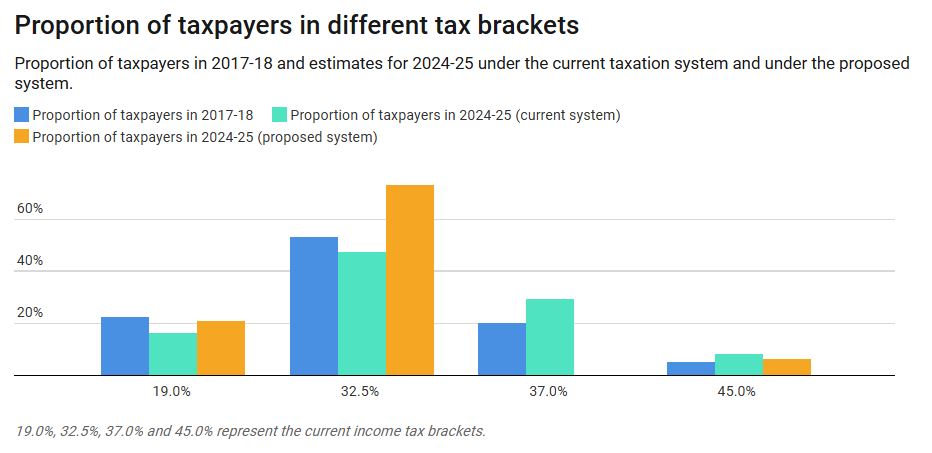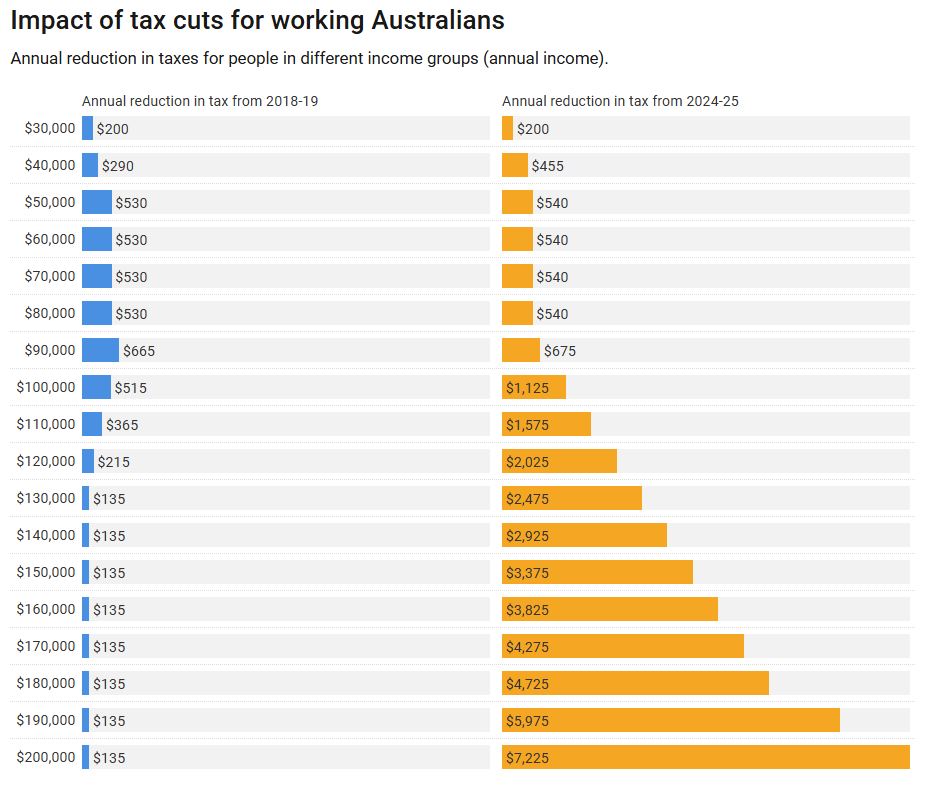The Productivity Commission’s latest report on superannuation asks whether the current system is working for members – and answers firmly in the negative.
The report identifies four factors that can chip away at super fund members’ retirement benefits:
- fees
- rate of return
- insurance
- holding multiple accounts
What is also clear from the evidence laid out in the report that the not-for-profit sector, including industry super funds, generally outperforms the retail sector. Generally they offer lower fees and higher returns, although there are some industry funds that rank among the lowest-performing.
Despite recent reforms such as the 2013 launch of MySuper, the superannuation system is still beset with the same problems of rising fees and patchy performance. And there is still no substitute for just hopping on the internet and proactively checking that your super is in the best possible hands.
The situation is made complex by the highly segmented nature of Australia’s superannuation system. Besides the public sector funds, the most significant sectors are the retail sector and the not-for-profit funds, including industry funds (see figure 1.5 here). These sectors compete for as large a slice as possible of the overall pool.
Self-managed superannuation funds are also a rapidly growing sector of the market, however the regulatory framework applied to these funds has some significant differences to the rest of the market.
Tracking your super
Most employees have the right to choose their superannuation fund (although around one million don’t), and if they don’t nominate a fund, employers will pay contributions into a default fund.
As the new report points out (see figure 1.2 here), up to 40% of superannuation members hold multiple super accounts. In some cases this may be a deliberate choice – someone with a self-managed super fund may might, for example, choose to have their employer contributions paid into a conventional fund. But often multiple funds are a consequence of employees being enrolled into a new default fund instead of paying contributions into an existing fund.
A range of tools is now available to help people consolidate their super, so as not to lose any of their savings. In the 2018 federal budget the government announced that it would reduce the paperwork involved in this process by allowing the Australian Taxation Office to consolidate inactive super accounts with balances less than A$6,000.
MySuper
The primary aim of MySuper, introduced in 2013, was to provide a simple default product that meets the needs of members who are not engaged with their superannuation. They have no entry fees, offer simpler insurance and services, and lower administration fees that are charged on a cost-recovery basis.
But although the effects of MySuper are generally positive, the 2013 reforms may also have contributed to the erosion of funds identified by the new review.
This report confirms (see chapter 3, p.127 here) that super fund fees in Australia are among the highest in the OECD, and the upward pressure on fees continues. Just this month, the Commonwealth Bank announced that it would pass the costs of regulation onto some superannuation products.
One of the consequences of introducing the fee charging limitations for MySuper accounts was that the previous member protection standards that limited fees on low-balance accounts was repealed. In the 2018 federal budget the government announced that fees would be capped in respect of certain low balance accounts.
MySuper products must provide also life insurance on an opt-out basis. Insurance in superannuation has also been under scrutiny, with inappropriate or junk policies being included in superannuation. The government has announced proposals to change this to an opt-in system.
This report adds to the evidence that overall the current structure of not-for-profit funds is serving members well. Although it supports proposals to require the trustees of industry funds to increase the number of independent directors, the Productivity Commission highlights the need for a stronger focus on trustee skills and addressing conflicts of interest.
Take responsibility for your super
It is concerning that many of the problems identified by the new report are the same ones that arose in the 2014 Financial System Inquiry, the 2015 Cooper Review, and in the evidence to the Financial Services Royal Commission.
Most of these issues raised have been part of the discussion for the past decade. The fact that they are still on the table shows a level of inertia in the system, and a reluctance by the industry to address its problems.
So how can we, as individuals, protect our retirement nest egg? The key is to engage with the superannuation system, and not just as we approach retirement.
Compare your super fund’s fees and returns with those of the best performing funds, and then choose accordingly. Reduce your fees and insurance premiums by consolidating your accounts, and make sure that any insurance in the fund meets your needs.
The difference at retirement is worth it – up to A$407,000 for a 21-year-old by the time they finish their career.
Author: Helen Hodgson, Associate Professor, Curtin Law School and Curtin Business School, Curtin University











